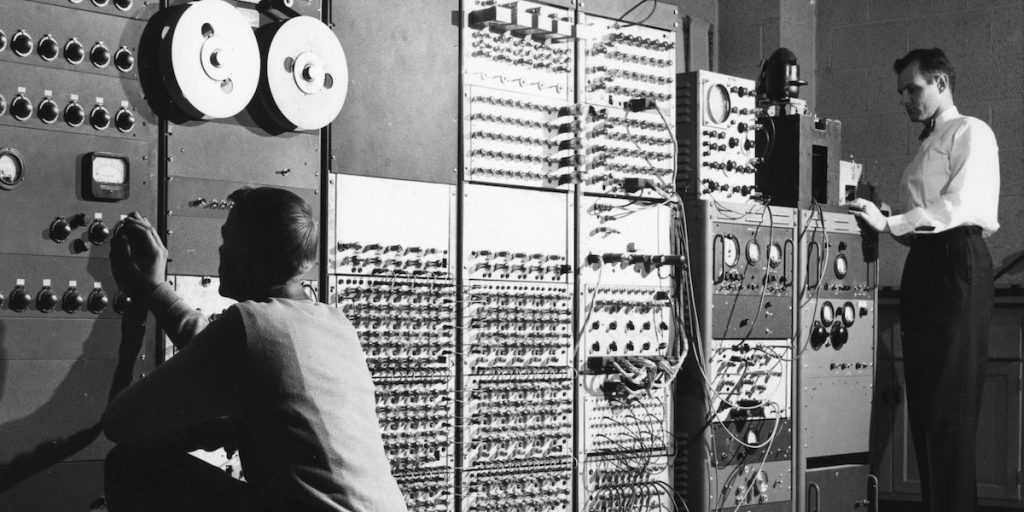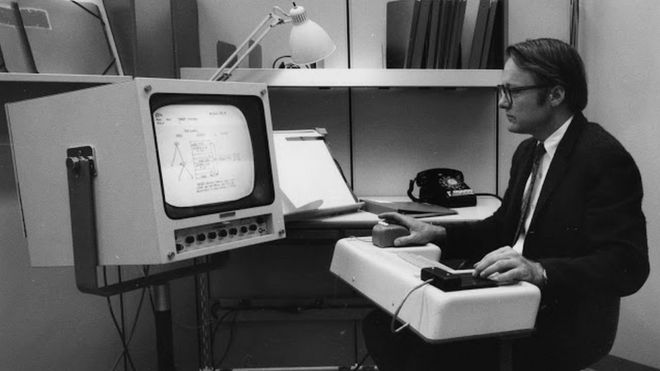William English played a significant role in co-inventing the computer mouse in the year 1964. Later on, his work continued to evolve until the movable sphere mouse came out that we all loved for decades. Along with co-creating the mouse, he helped inspire modern-day computers.
Where Douglas Englebart is renowned for inventing the mouse, it wouldn’t be possible to invent it without the services from English. He happened to be a profound researcher, along with his marvelous works in engineering the computers.
Computers first came out in the 1950s, and we all know they were nowhere near to modern machines. They were big clunky devices that needed punch cards, typewriters, and were mainly used for taking printouts.

In the beginning, English laid his services for the U.S Navy, only until he met Englebart at the Stanford Research Institute. They collaborated to invent a device that happened to be a significant break-through for making the use of computers more effective.
Englebart had an idea of a new kind of computer capable of letting anyone take control of images on screens, explicitly allowing users to select symbols and pictures. However, the idea was in place, but William played a pivotal role in turning it into reality.

The first mouse was created when Engish used Englebart’s rough sketches and notes to make a prototype. It consisted of a pinewood case with two potentiometers based on electrical mechanisms for tracking the movement of wheels. The device was named as a mouse because it looked like the cursor chased it on the screen, which was called cat back in the time.
In 1965, English worked with a NASA funded project and researched the optimum ways to select a point within the bounds of a computer screen.
English passed away on 26th July at the age of 91 due to respiratory failure in San Rafael, California. People will remember his efforts and work in the advancements of computers.


